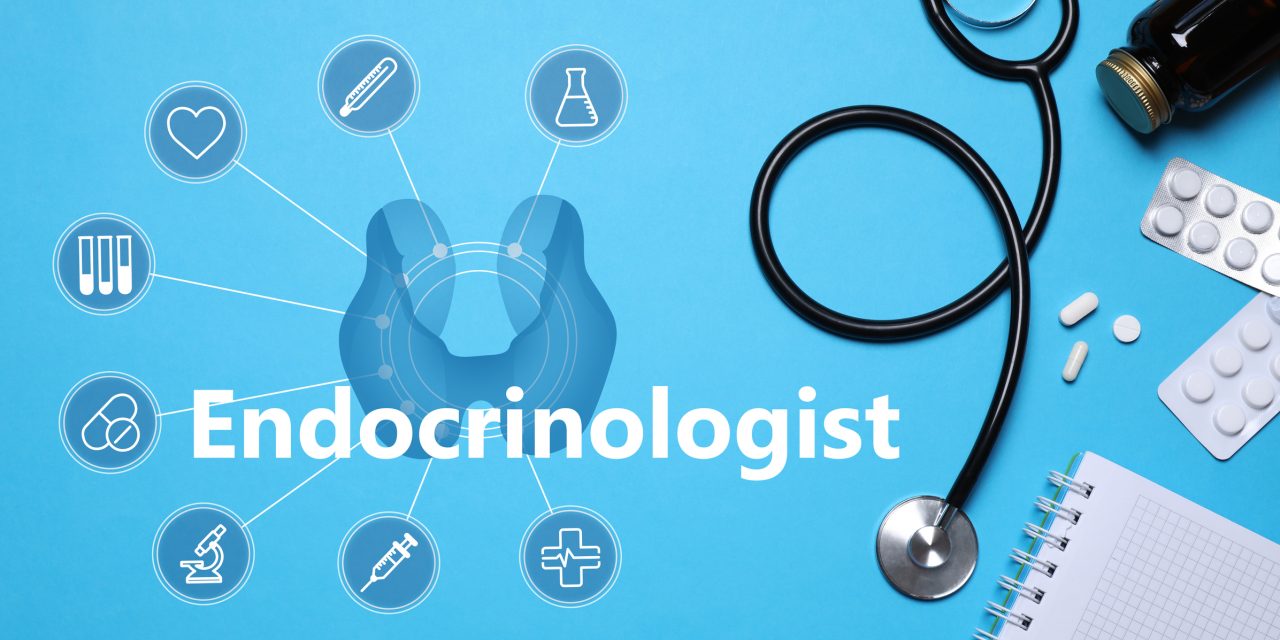Metabolic dysfunction and genomic instability are known to affect female fertility. Aroclor 1254 (A1254) is an endocrine disruptor that affects mitochondrial function following ingestion, inhalation, or dermal exposure. Numerous studies to date have addressed associations between A1254 toxicity and chronic neurological disorders, while A1254 exposure is little known to have a toxic effect on the female reproductive system. Furthermore, interactive mechanisms between metabolic dysfunction and the repair of DNA damage deserve further investigation. In this paper, an in vitro porcine primary granulosa cell (GC) culture model was used to investigate the mechanisms of exposure and effects of the exogenous chemical carcinogen A1254 on reproductive toxicology. High-throughput RNA sequencing obtained 2329 differentially expressed genes (DEGs) to be analyzed using COG classification, GO, and KEGG. When combined with immunofluorescence, Western blot analysis, and real-time RT-PCR analysis, this data showed that the mitochondrial-ROS-driven feed-forward loop increased phospho-PDGFRα/β, which stimulates apoptosis by suppressing the PI3K-Akt pathway. We also noticed that inhibition of the Akt-PDP1-PDK1 axis attenuated mitochondrial function. In contrast, following iPath analysis, partial metabolic pathways were enhanced. Importantly, we found that A1254 activated a DNA damage response, the major regulators of which belong to the PI3K-related protein kinases (PIKKs) and oncogenes, which led to the “Warburg effect”. It is not easy to restore the damage that A1254 causes to metabolism through dysregulation and the Warburg effect, owing to the fact that oncogenes can regulate cytoplasmic metabolism. Therefore, we suspect that the PDGFR-PI3K-Akt pathway may be a latent interaction between mitochondrial dysfunction and the response of DNA damage.Copyright © 2020 Elsevier Ltd. All rights reserved.
PDGFRα/β-PI3K-Akt pathway response to the interplay of mitochondrial dysfunction and DNA damage in Aroclor 1254-exposed porcine granulosa cells.


